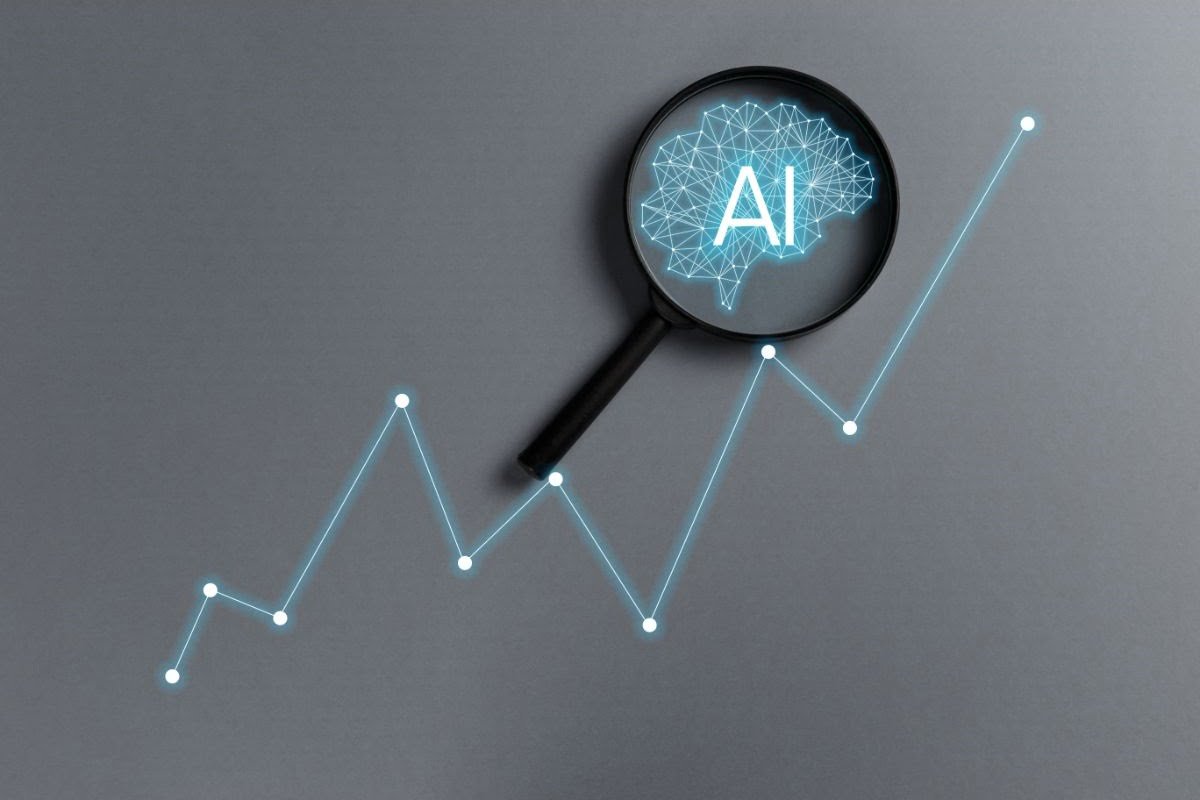OpenAI developed Chat GPT as a language model. It belongs to the GPT (Generative Pre-trained Transformer) family of models and is specifically designed for engaging in conversational interactions with users. The term ‘Generative Pre-trained Transformer’ (GPT) defines the model’s architecture and training methodology.

Trained on a large internet text dataset, Chat GPT can generate human-like responses based on its received input. It can understand and generate text in a wide range of topics and styles, making it a versatile tool for various conversational tasks.
Utilizing a transformer architecture, the model excels at processing sequential data, such as natural language, which is a type of deep learning model. Transformers have been highly successful in various natural language processing (NLP) tasks and have achieved state-of-the-art performance in tasks like machine translation, text summarization, and question-answering.
OpenAI has trained and fine-tuned various GPT model versions, including GPT-3 and GPT-3.5. These models have been widely used in applications like chatbots, virtual assistants, content generation, and more. GPT-3.5, in particular, is the version of the model I am based on, with a knowledge cutoff in September 2021.
Discover a wealth of valuable content on various topics by exploring our extensive blog page.
